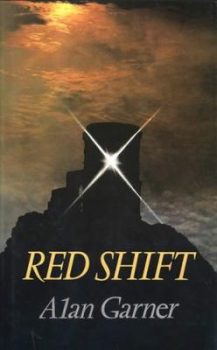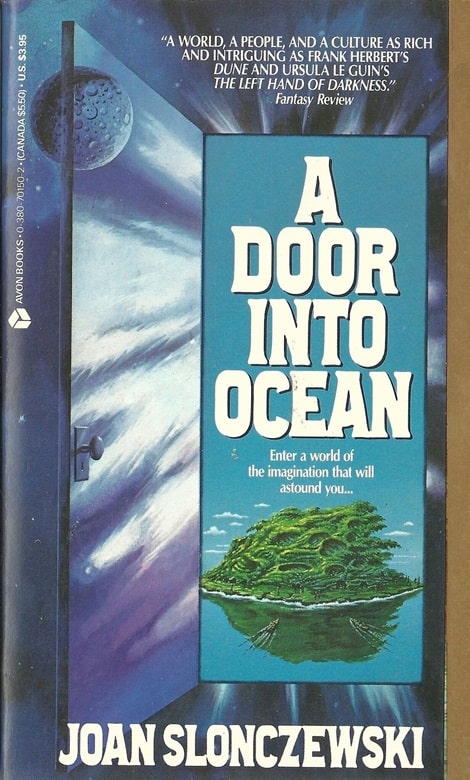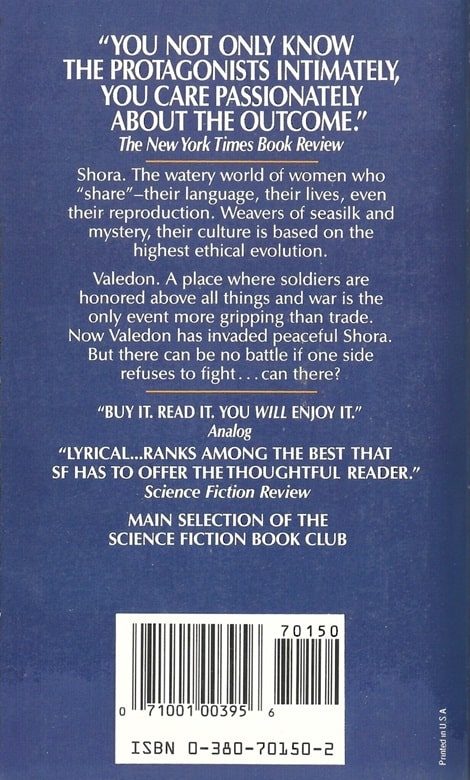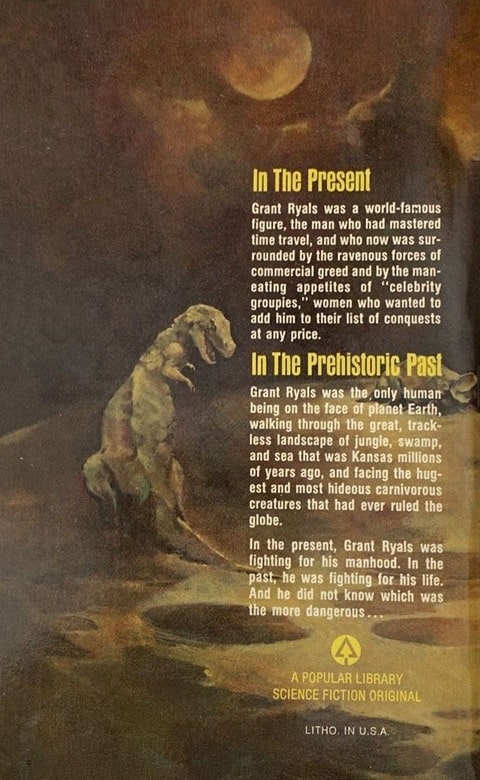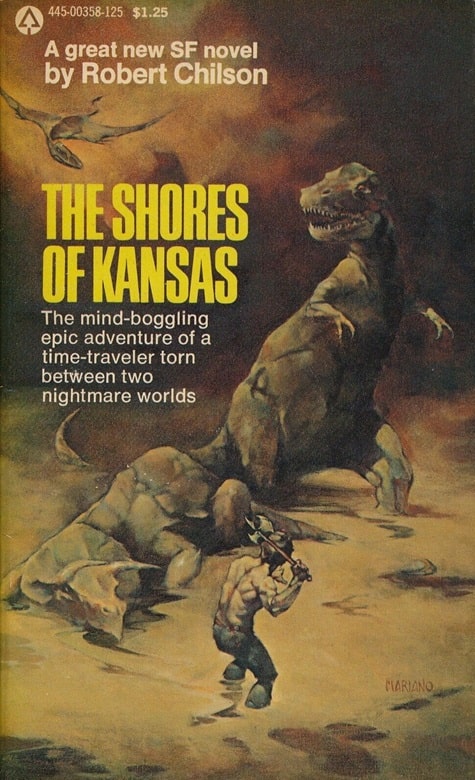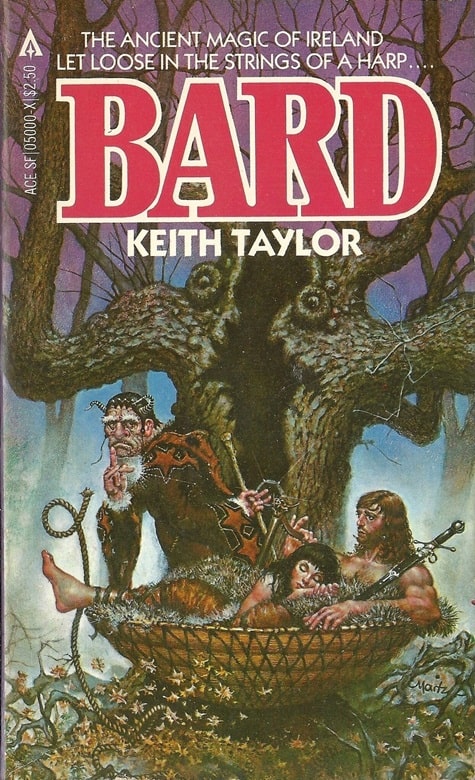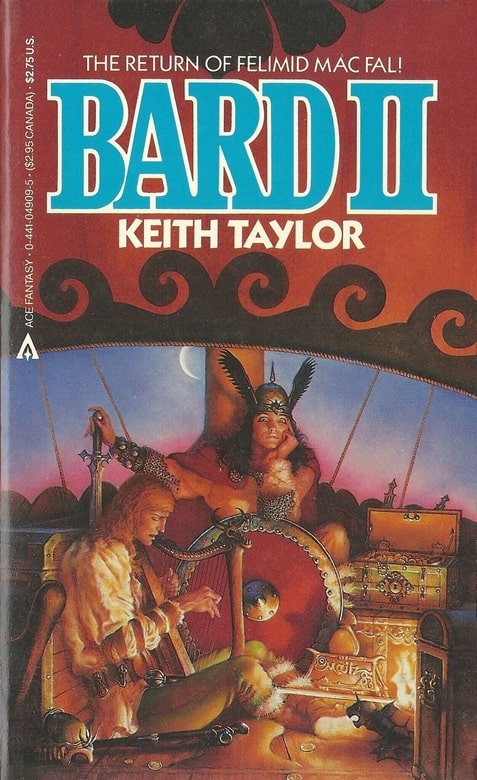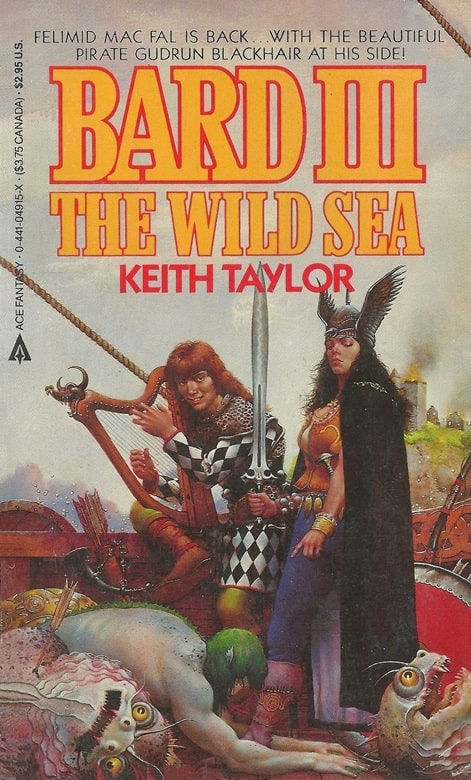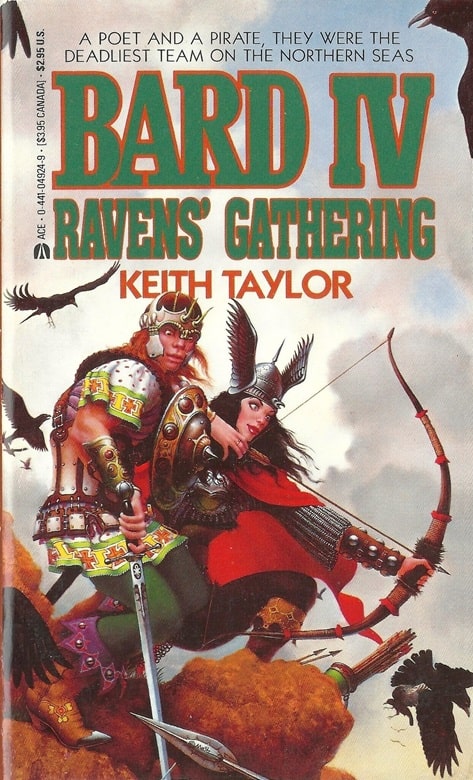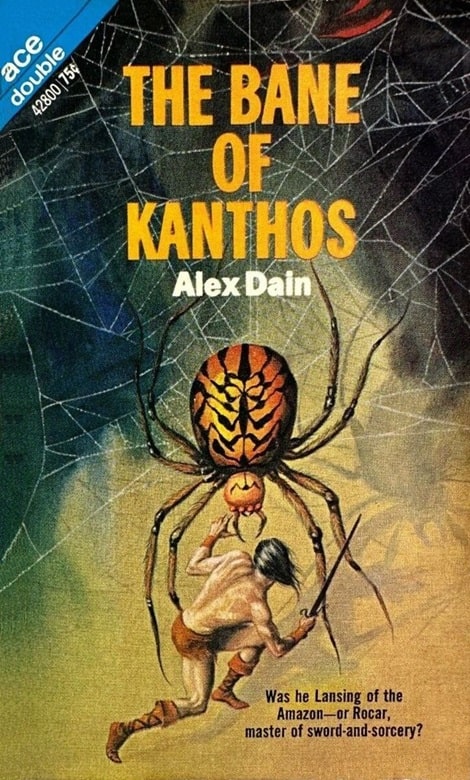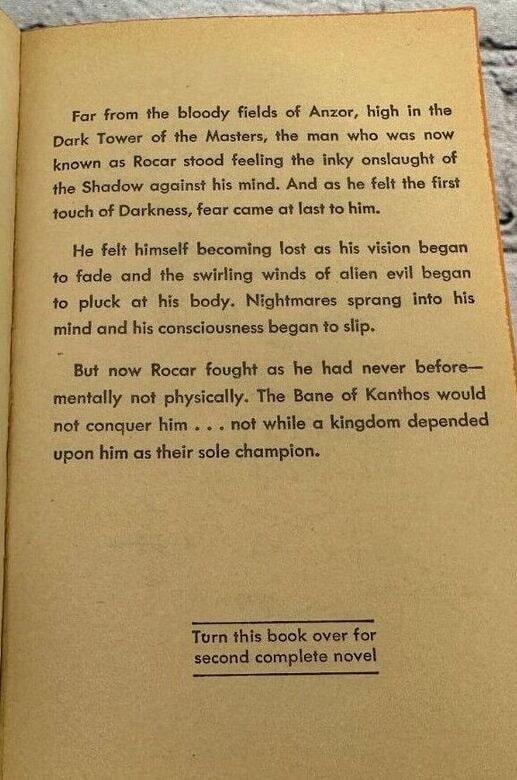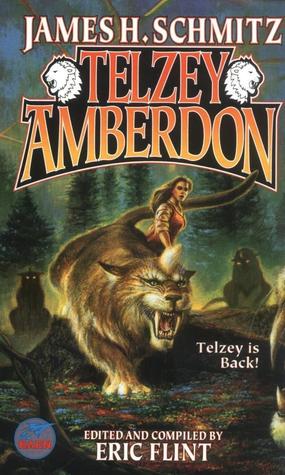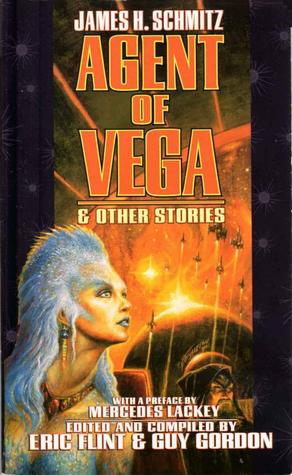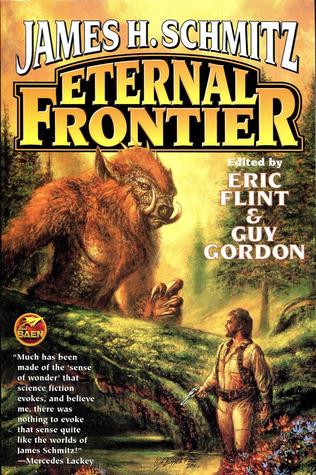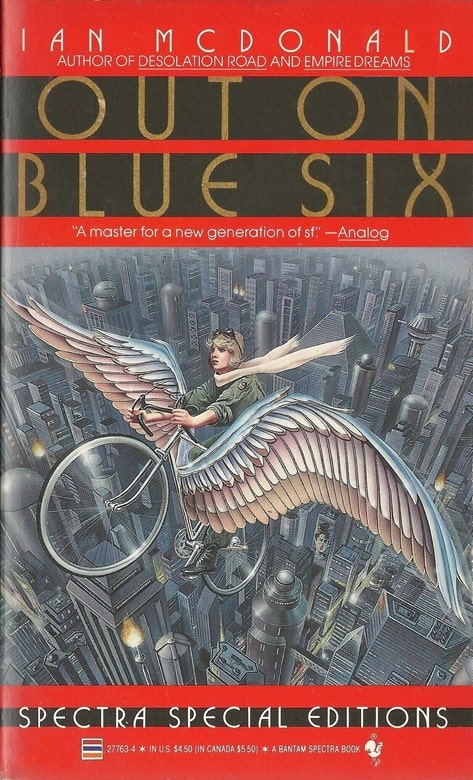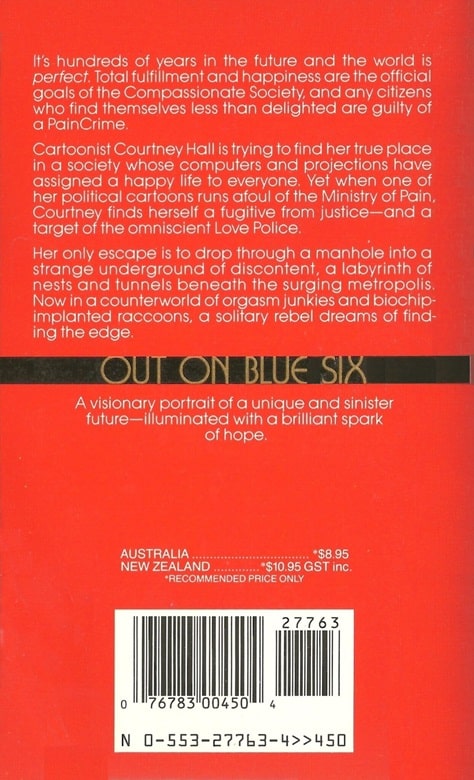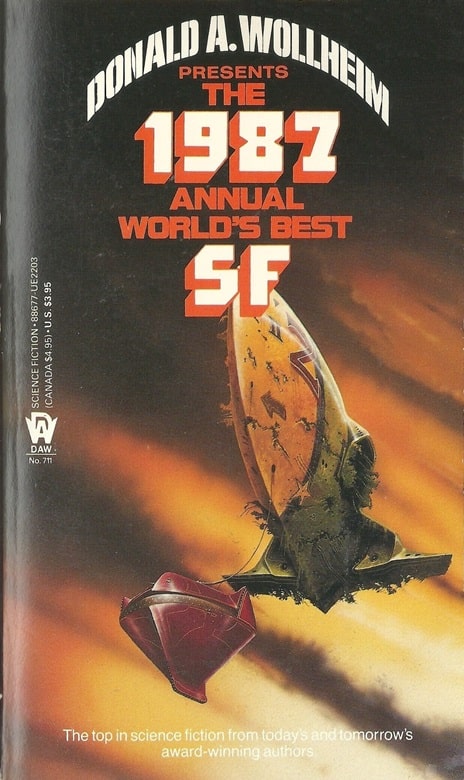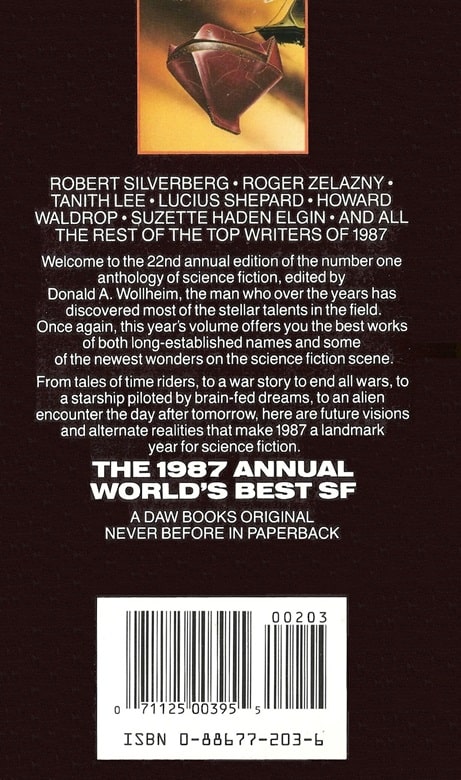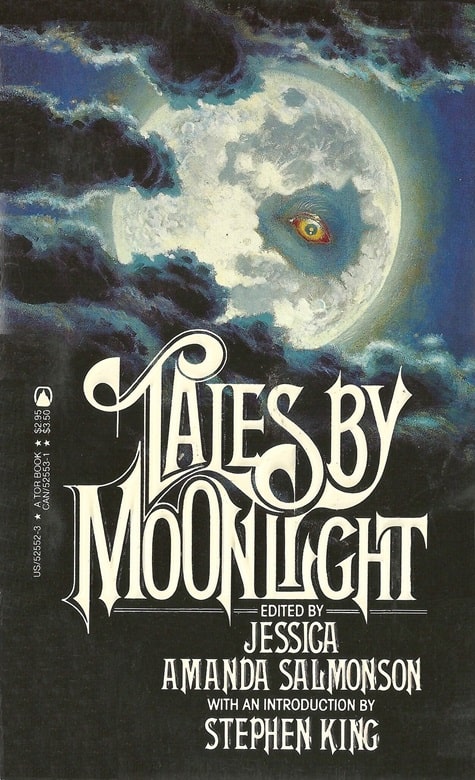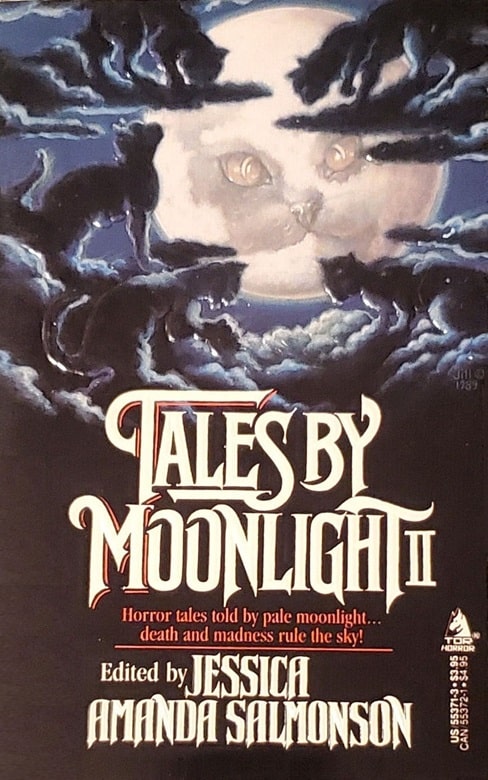Vintage Treasures: Fantasy Annual III edited by Terry Carr
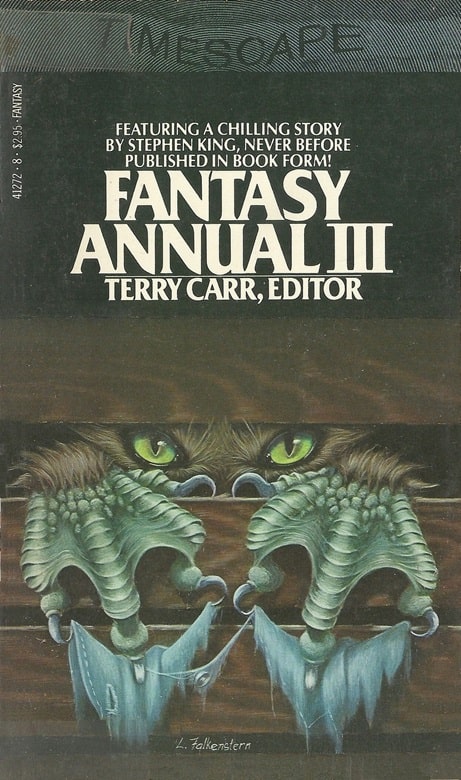 |
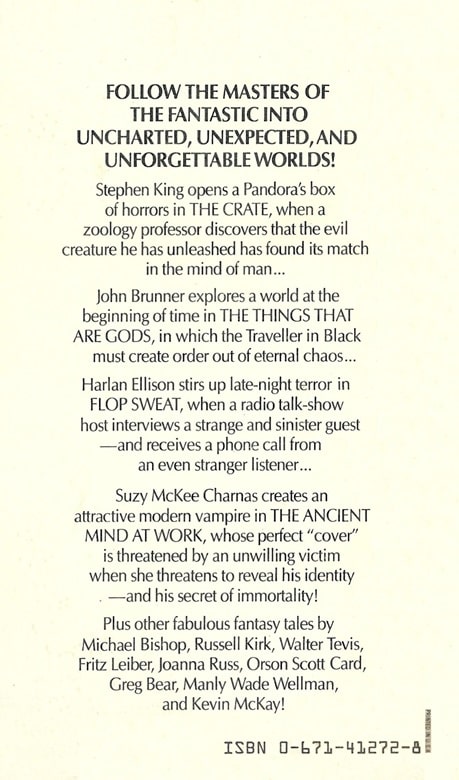 |
Fantasy Annual III (Timescape/Pocket Books, May 1981). Cover by Lisa Falkenstern
Today we’re jumping back four decades to Fantasy Annual III, the third volume of Terry Carr’s companion series to his legendary and long-running Best Science Fiction of the Year, which ran from 1972 to the year he died, 1987. Fantasy Annual, which underwent a name change (and a change in publisher) lasted only five volumes, 1978-1982. But it was lauded in its day, and I still miss it.
Fantasy Annual III was one of the stronger installments. It’s anchored by a long story by Stephen King, “The Crate,” originally published in a men’s magazine in 1979, and which has never been reprinted in any of King’s many collections. It’s a terrific tale, one of King’s best works of unapologetic monster fiction, and was filmed as part of George A. Romero’s 1982 anthology film of King tales Creepshow, in a segment staring Adrienne Barbeau and Hal Holbrook.
The remainder of the book also makes excellent reading, with stories by Michael Bishop, Russell Kirk, Harlan Ellison, Walter Tevis, Fritz Leiber, Joanna Russ, Orson Scott Card, and Greg Bear, plus a Traveller in Black novelette by John Brunner, a John the Balladeer tale by Manly Wade Wellman, and The Vampire Tapestry story by Suzy McKee Charnas.
